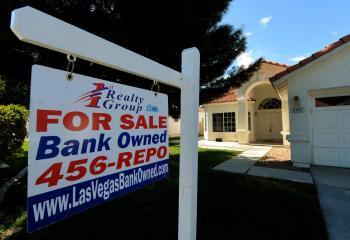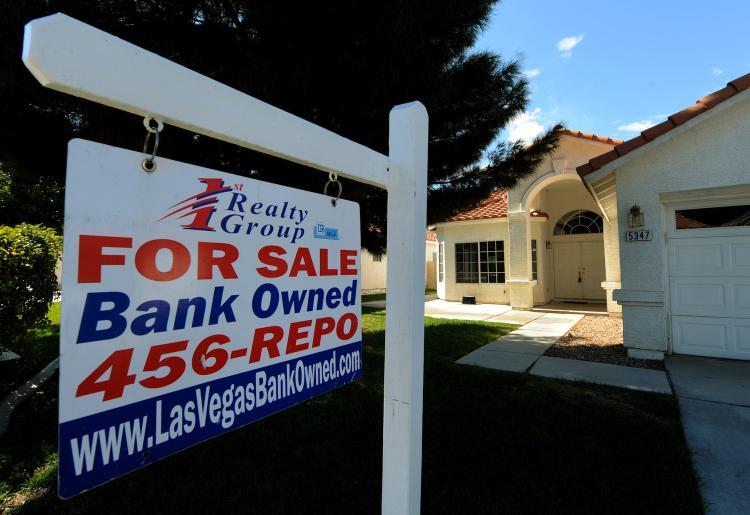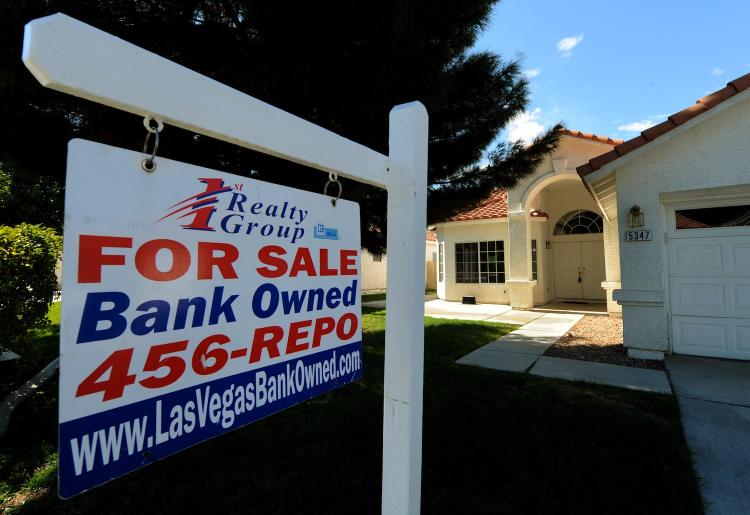Some Homeowners Choose to Default on Mortgage
With the economic meltdown in high gear for a few years and foreclosures of homes continuing to hit the airwaves, a phenomenon called strategic default has become prominent among homeowners.

A house under foreclosure that is now bank owned in the Spring Valley area in Las Vegas on October 15, 2010. With the economic meltdown in high gear for a few years and foreclosures of homes continuing to hit the airwaves, a new phenomenon however, called strategic default has become prominent among homeowners.Mark Ralston/Getty Images
|Updated:





